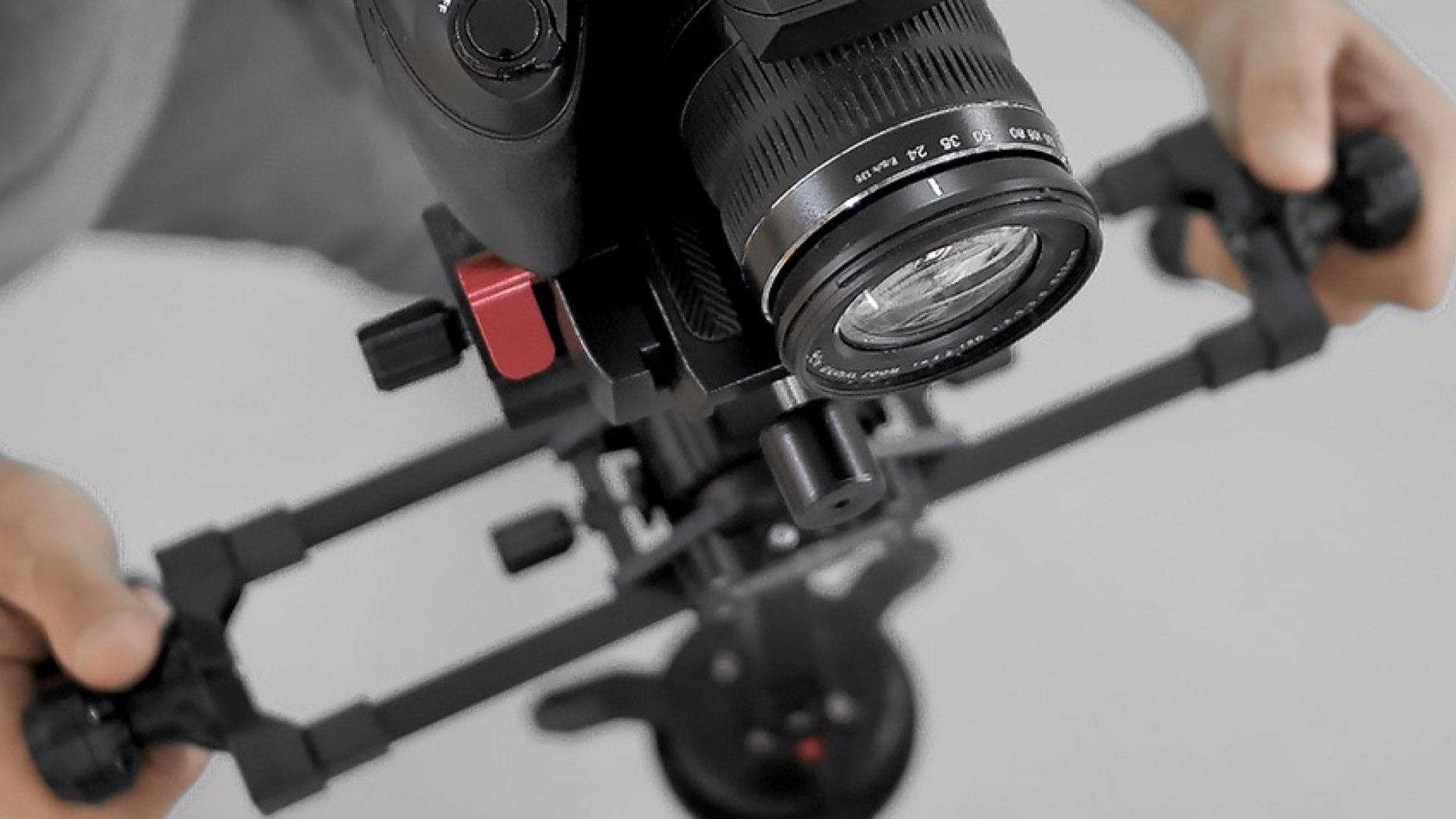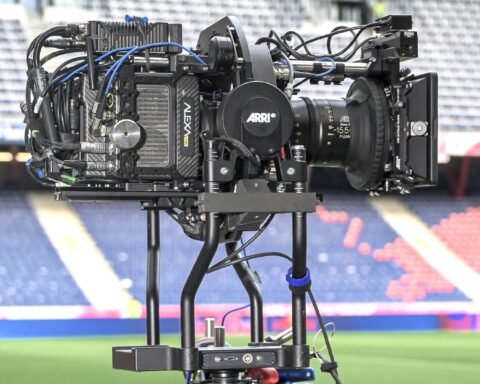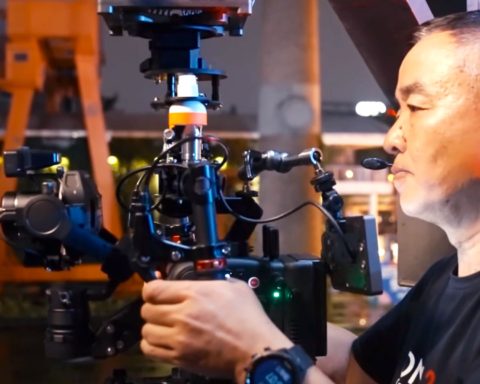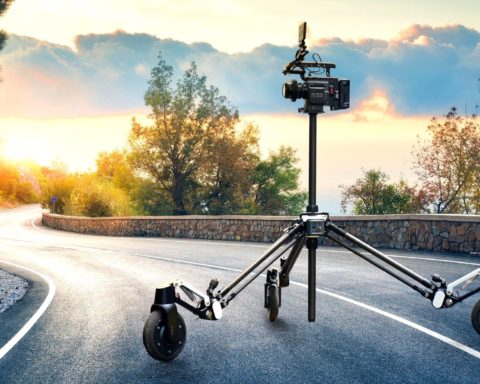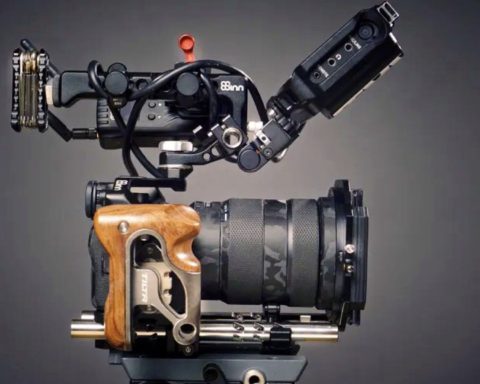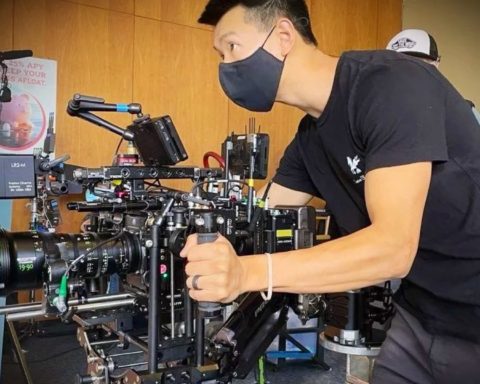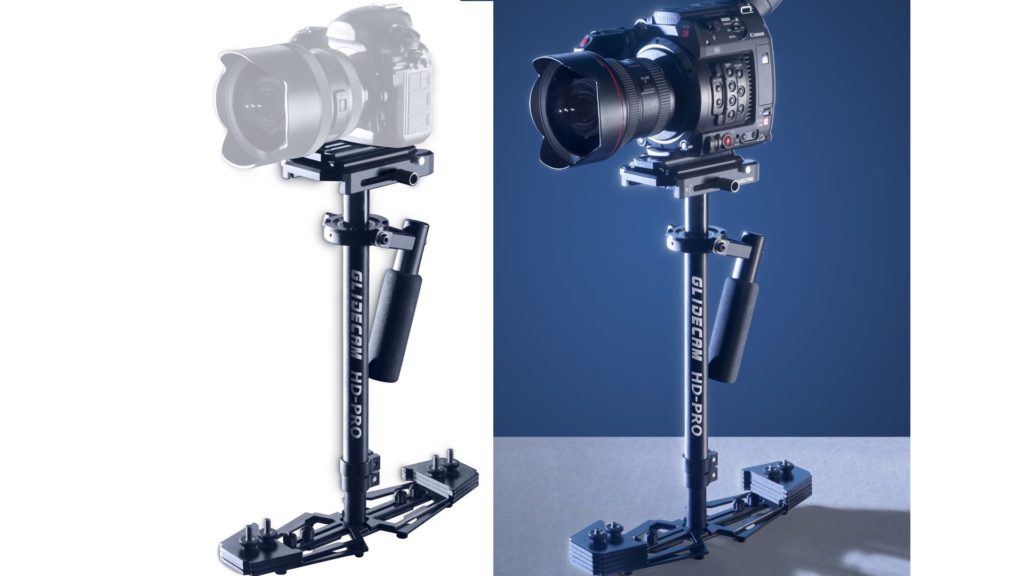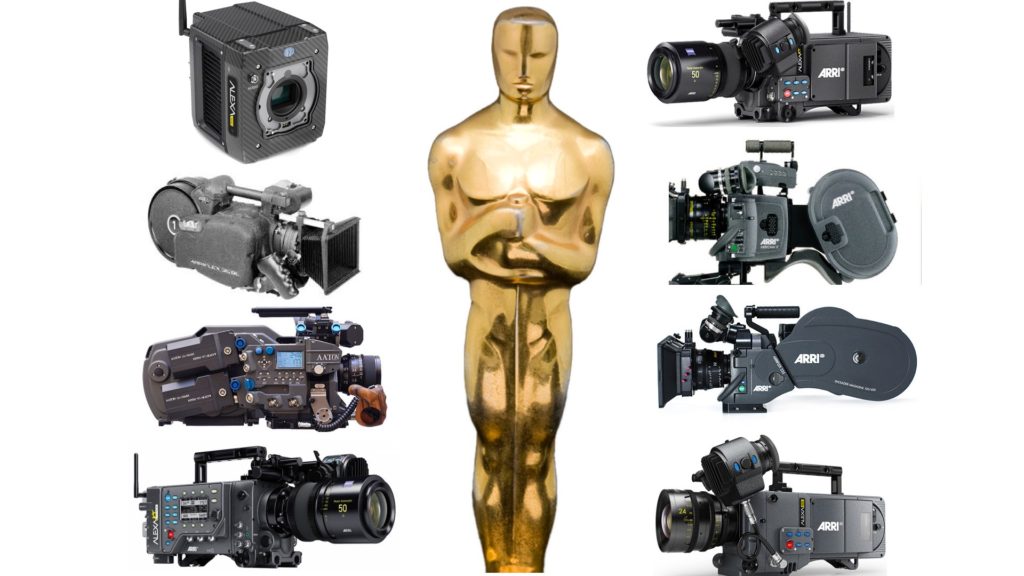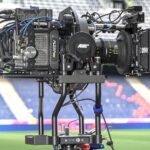SteadyCross is a new gimbal with interesting technology, or should we say, another technology that utilizes a magnetic field in order to produce steady shots. This gimbal is a hybrid of counterweight mechanical and electronic motorized gimbals and it’s dedicated for small cameras. Check it out.
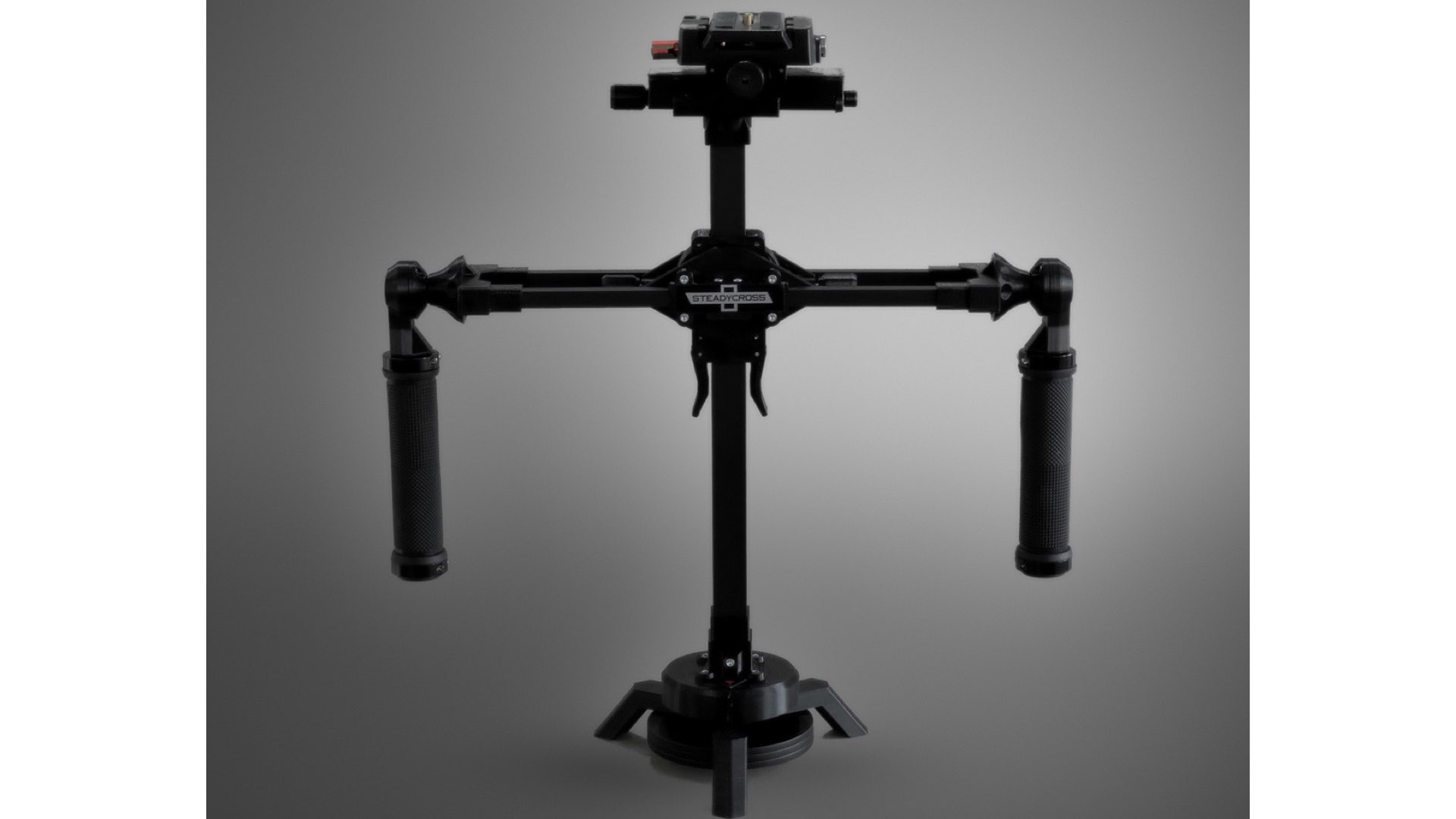
Mechanical gimbal
SteadyCross founders describe it as a point-and-shoot device: “Just follow your target and the rig will take care of the rest”. This stabilizer is entirely physical-mechanical gimbal, which means no electronics (and no batteries). Furthermore, electronically motorized gimbals tend to add a certain robotic feel to your shots, while SteadyCross – being an analog device – gives you natural movements and total control. We wrote about this advantage before. There is definitely an artistic benefit shooting with a purely mechanical device, like the Glidecam.
Just follow your target and the rig will take care of the rest
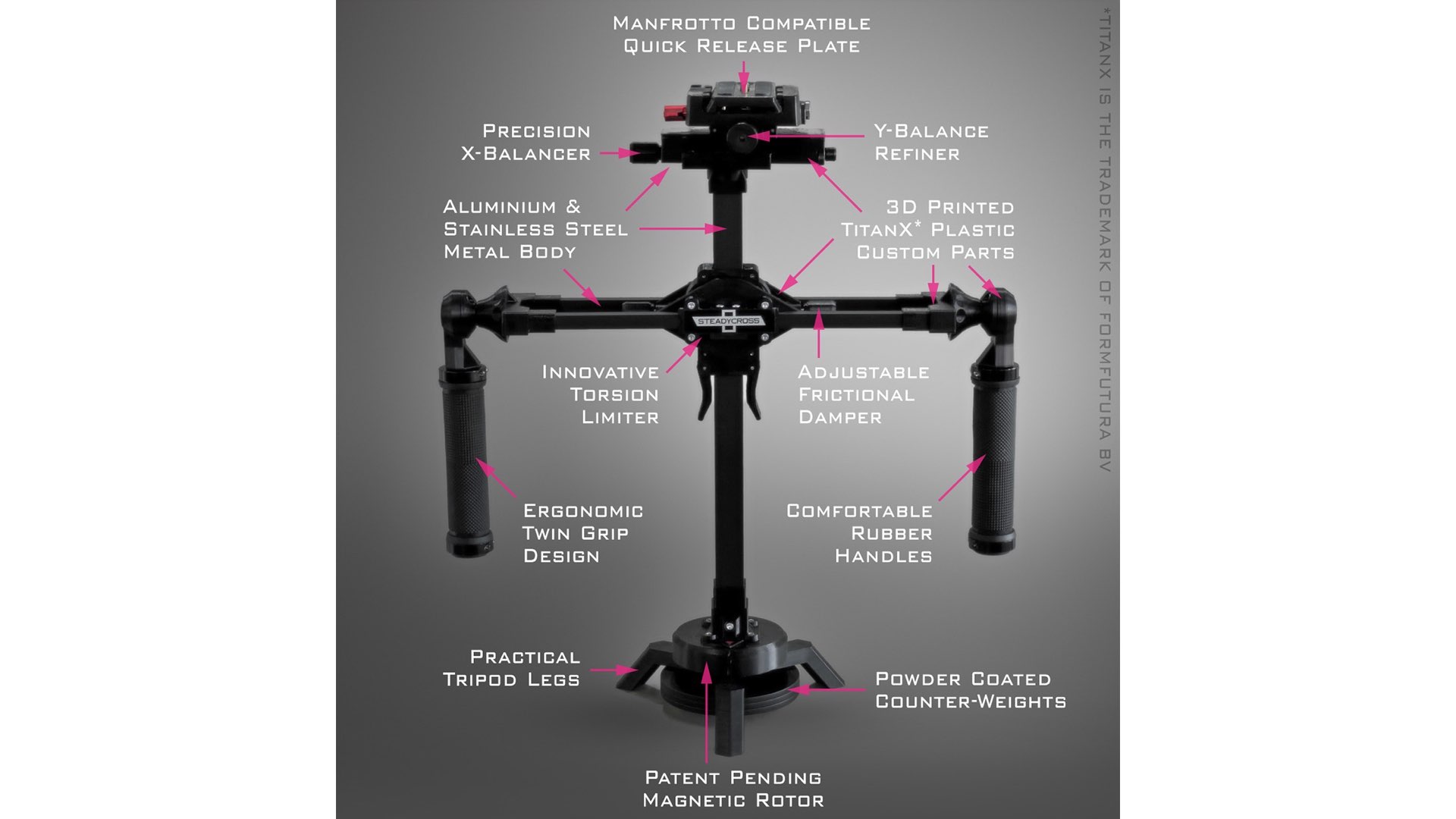
Magnetic technology
The technology behind the SteadyCross allows the privilege of pretty impressive stabilization capabilities (check out the videos below). According to the company, the stabilization is performed by a patent-pending magnetic rotor, that utilizes Eddy Current principle which generates circular electrical currents in a conductive material. Unfortunately, there are not many details regarding the activation of the stabilization. All we know that the magnetic rotor provides frictionless rotational damping.
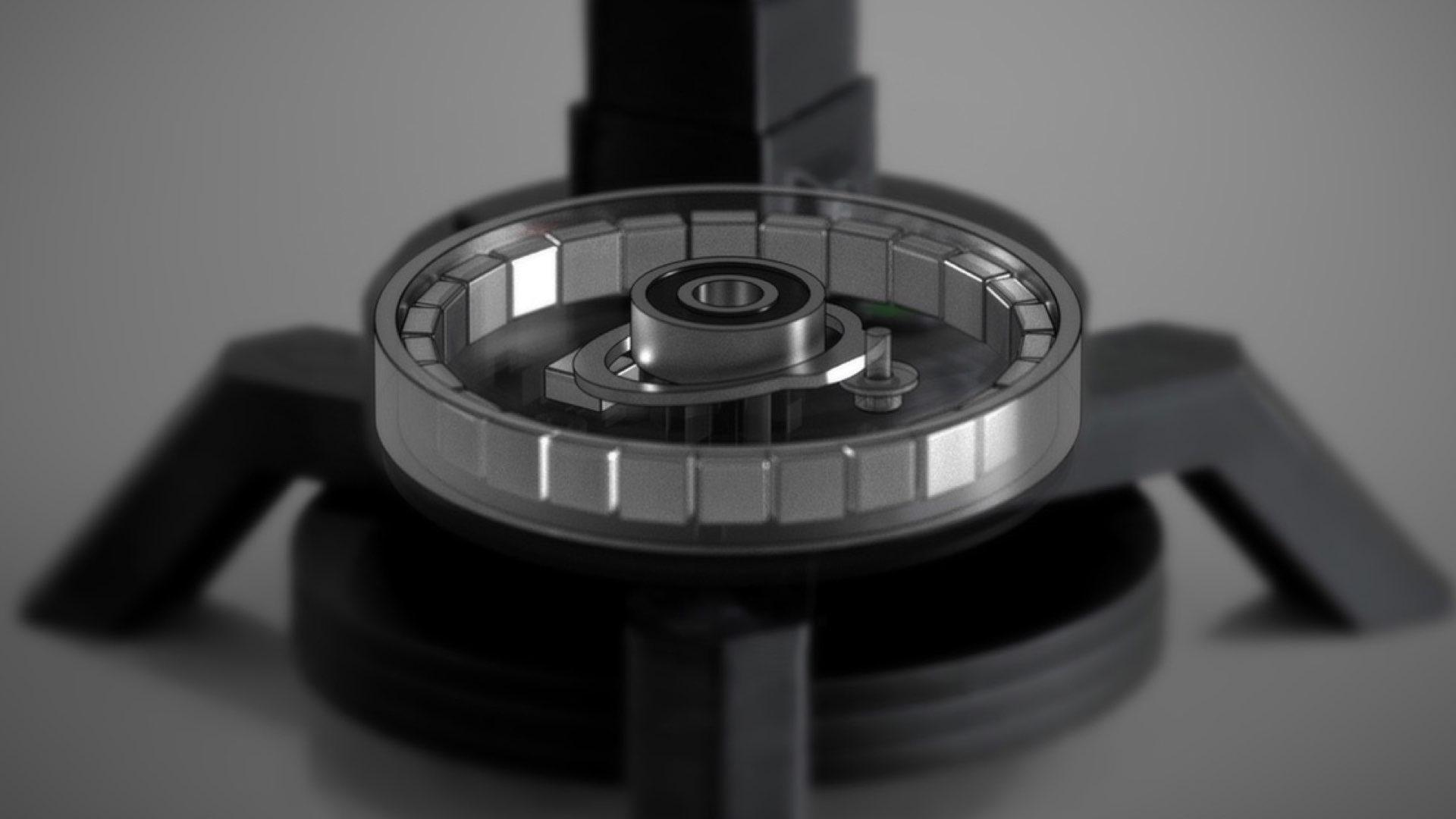
Stabilization is performed by a patent-pending magnetic rotor, that utilizes Eddy Current principle which generates circular electrical currents in a conductive material
The guys at SteadyCross explains that it works on the same principle as the braking systems of high-speed trains or roller coasters. By examining the shots seems that this motor performs very well. Actually. the shots are so smooth, that they look like they were electrically generated. I haven’t noticed the organic movement of mechanical gimbals. Yet, that is a matter of personal taste.
Materials and structure
The gimbal seems like a robust and solid piece of equipment, as defined by SteadyCross:” The gimbal has a rigid aluminum and stainless steel body, while all the custom-designed parts are 3D printed and made of TitanX*, a high-performance industrial-grade ABS plastic. Self-aligning bearings and super strong neodymium magnets ensure efficiency, while the comfortable rubber grip handles”.
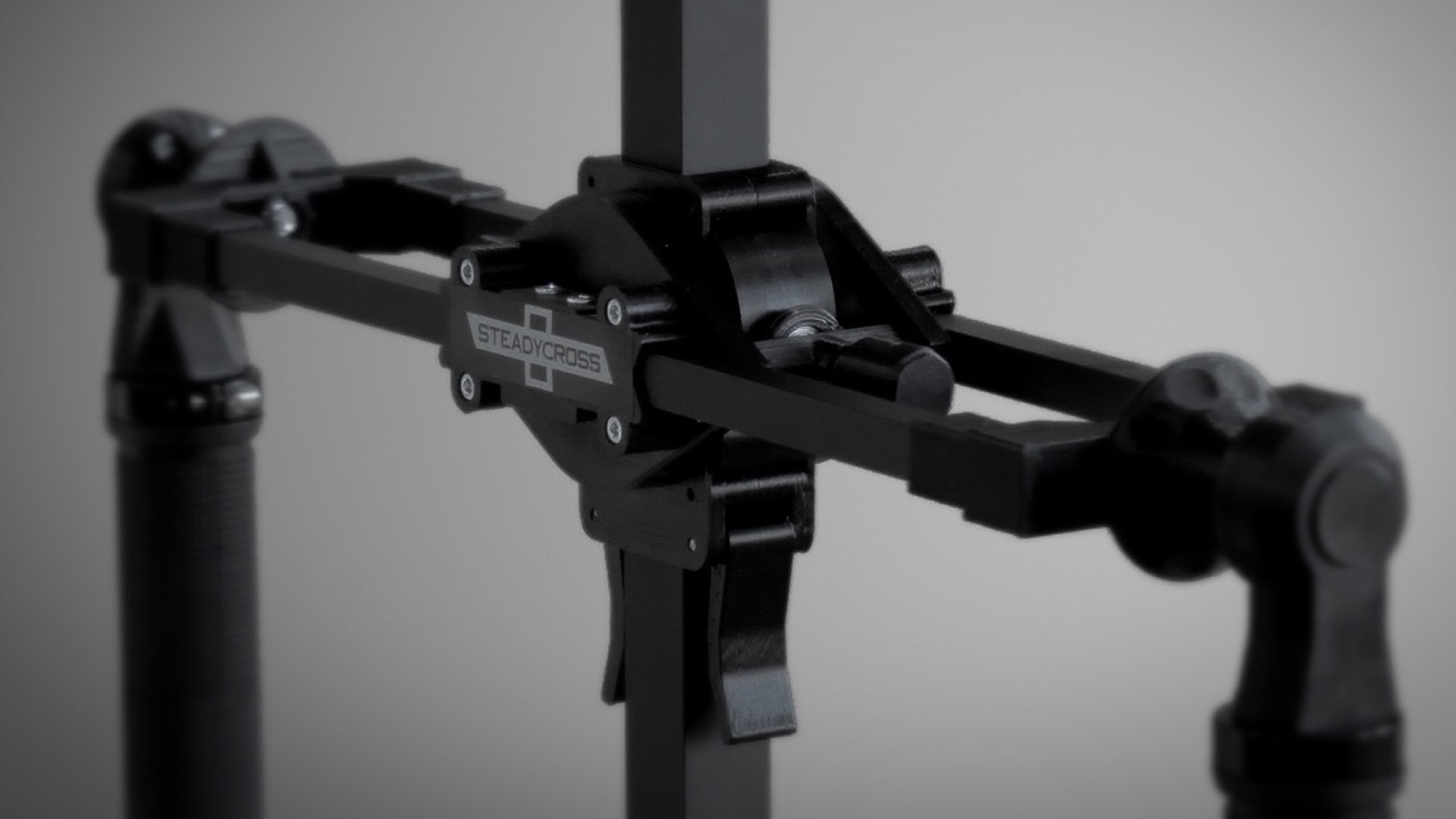
Load: dedicated to mirrorless cameras
SteadyCross can handle DSLR and mirrorless cameras up to 3.5lbs (1600g). Be aware that a slightly heavier camera setup may still work properly with a marginally slower follow mode on the pan axis, however, it’s not recommended.
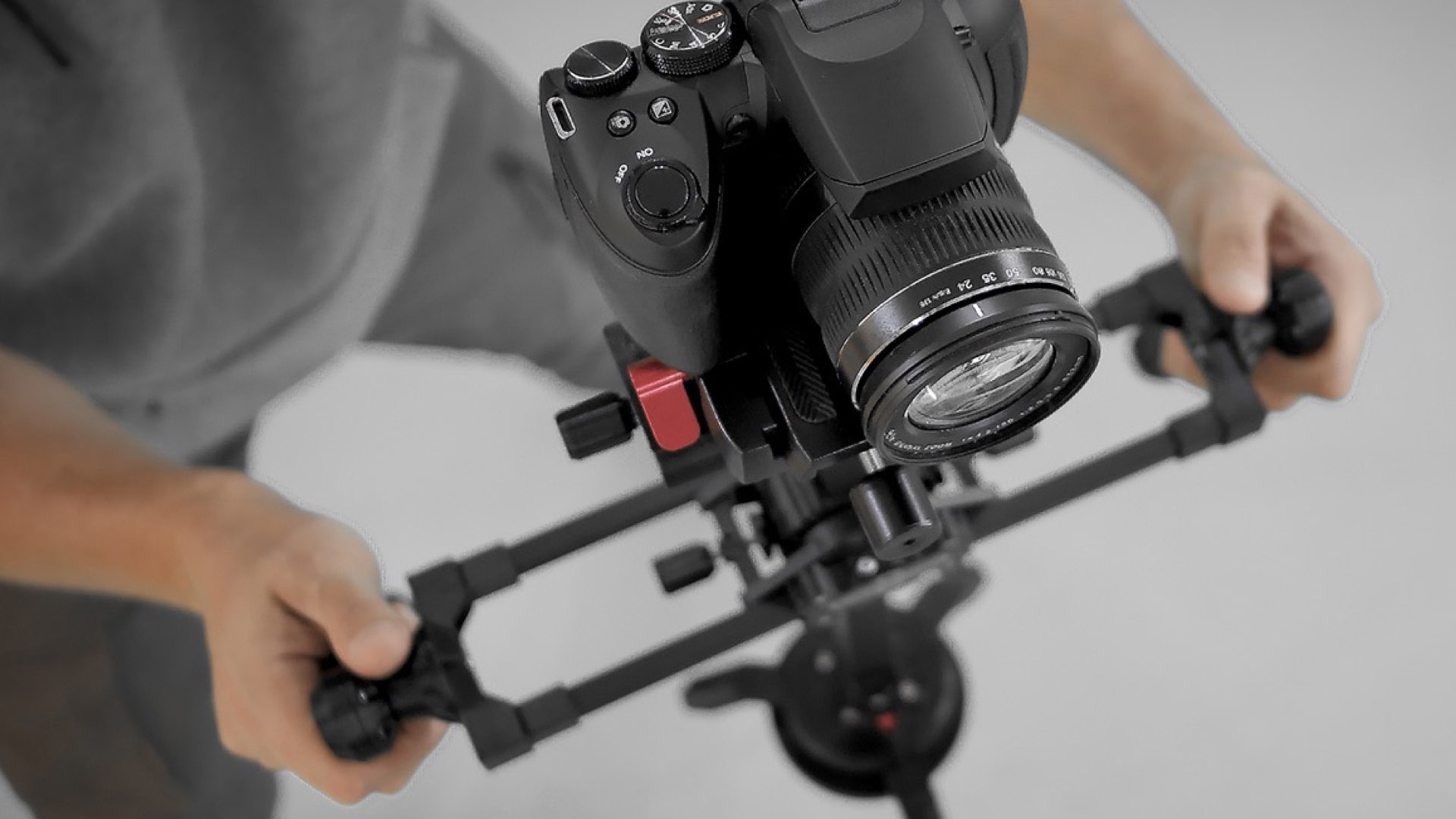
Setup and calibration
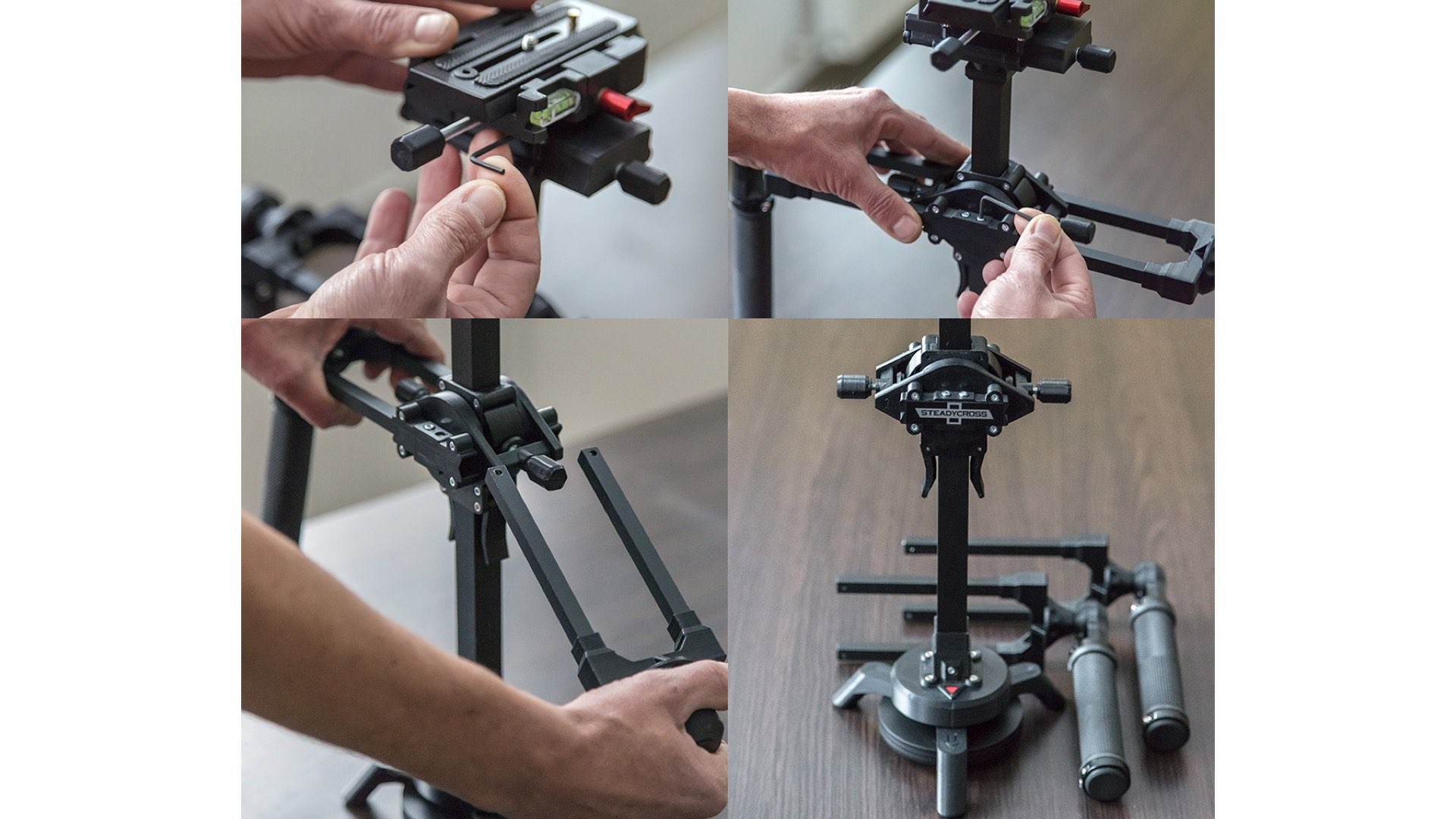
SteadyCross has released a video tutorial which demonstrates the process of setting up and calibration of the gimbal. It looks pretty straight forward and reminds me of the Glidecam calibration. Check it out below:
Price and availability
There is special pricing for backers in the Indiegogo campaign. Price for early birds is $249 (37% discount). The planned retail price is 399 USD.
According to the Indiegogo campaign page: “The delivery for early backers will start right after the campaign in March!. Since we manufacture all SteadyCross rigs completely in-house, shipping will be a continuous process: once your rig is assembled and tested, we’ll ship it for you immediately”.
Final thoughts
Without any doubt, SteadyCross is an interesting concept. It’s a new refreshing method of stabilization, by using a magnetic field and utilizing the physics mechanical rules instead of an electric motor. The main downside might be that it’s dedicated to lite cameras, especially mirrorless. This might be a bit of an Achilles Heel for this invention because there are a lot of electronic one-hand stabilization gimbals for mirrorless. Shooters might prefer to use one hand motorized gimbal for their production.
What do you think about the SteadyCross? Let’s now your insights in the comment section below.


